The annual Pancyprian Refugee Gathering exhibition in Dasaki Achna should become a permanent fixture, chairman of the House refugee committee and Akel MP Nikos Kettiros said on Tuesday after visiting the site.
He also praised its powerful portrayal of refugee experiences and educational value for younger generations.
Visiting the exhibition with the rest of the committee, Kettiros described it as “something truly shocking that awes all of us who come from occupied communities or cities in Cyprus.”
Achna Forest, which hosted around 60,000 refugees, became the focus of an initiative led by the deputy mayor and the municipality to bring schoolchildren so they can see how their grandparents experienced the loss of their homes in the invasion.
The exhibition faithfully represents the makeshift conditions created by refugees and the state.
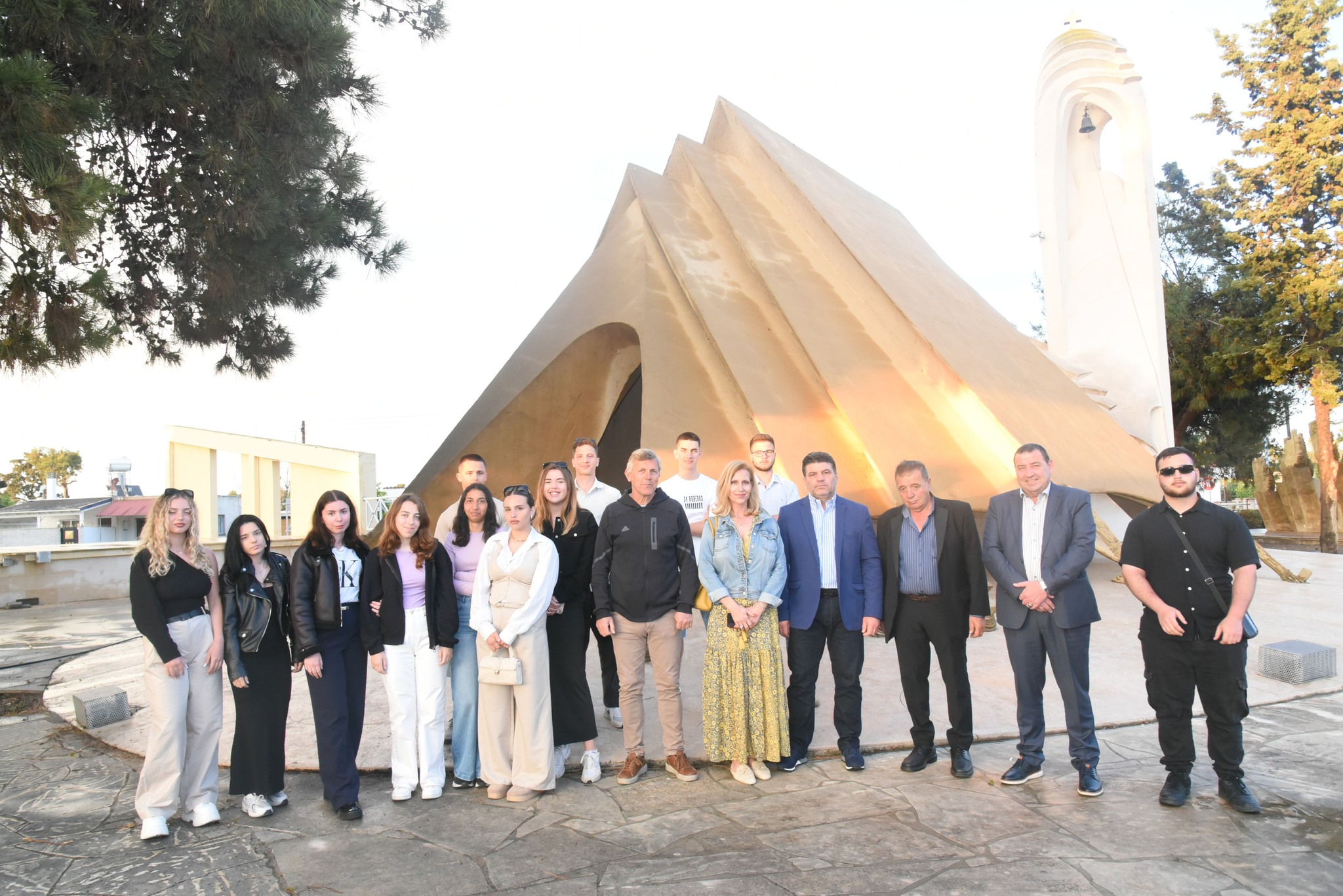
It features the tents where refugees lived, a tent-school where children studied, and a rice pudding kitchen where volunteers prepared food for the students. Under a tree, a table with a cross, icons, and other ecclesiastical objects served as the altar.
Reflecting on the recreation, he added, “the human mind cannot conceive how the elderly, the children, the women who lost their husbands and children could live in this situation and support each other.
“Perhaps it is the lesson we must learn 51 years later, that one must support the other and move forward.”
Regarding a proposal from fellow MP Giorgos Karoulas to make the exhibition permanent, Kettiros said “it is a very good suggestion that should be supported by government services.”
Deputy Achnas Mayor Nikos Vasilas strongly backed the call, calling it a “very, very good suggestion” which has already been discussed with the education minister.
He emphasised however a large indoor hall would be needed for the winter season if the exhibition is to become permanent, a facility the area currently lacks.
Regarding the educational impact of the exhibition, the deputy mayor explained that elementary school children visit the camp and are guided through its history to understand the events of 1974 and the resilience of those involved at the time.

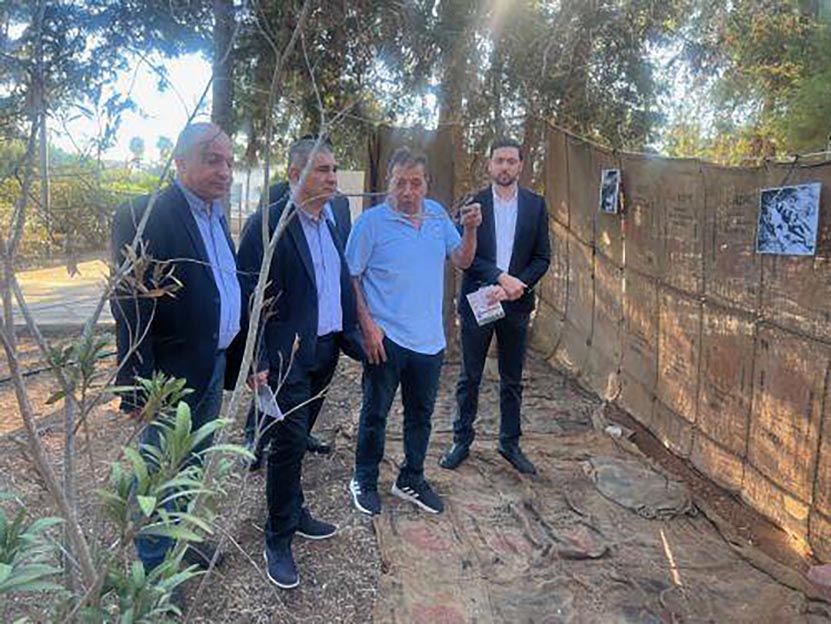
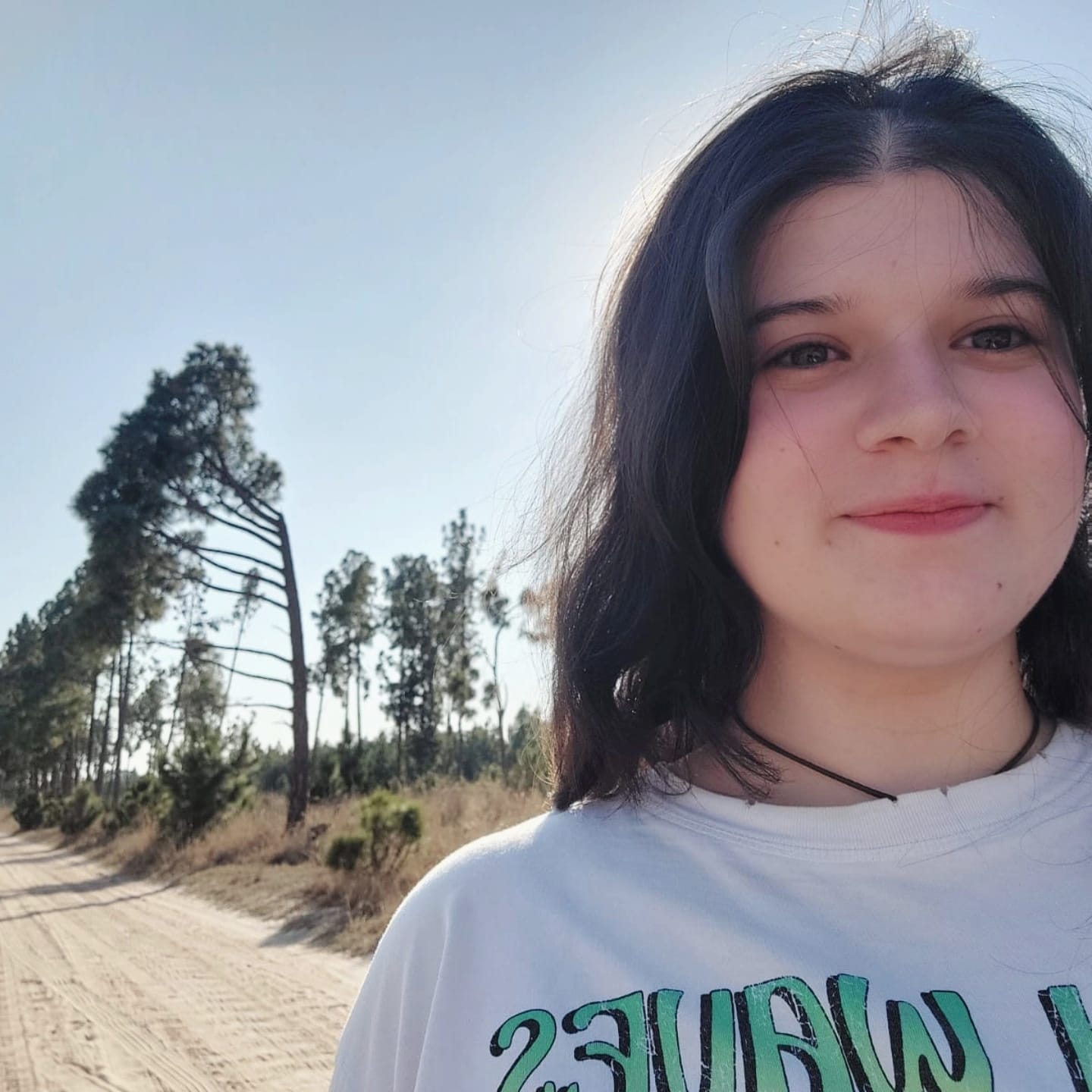
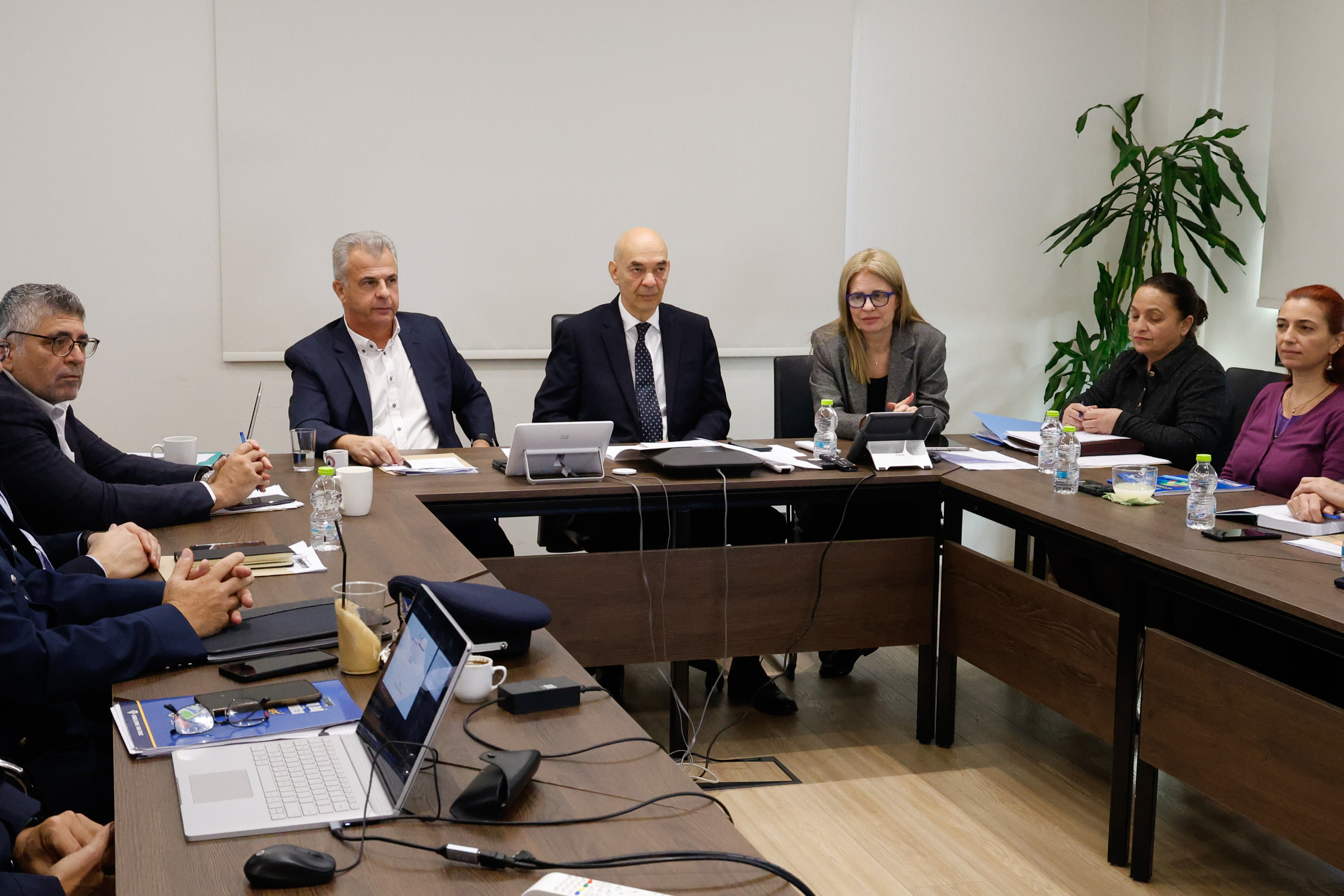
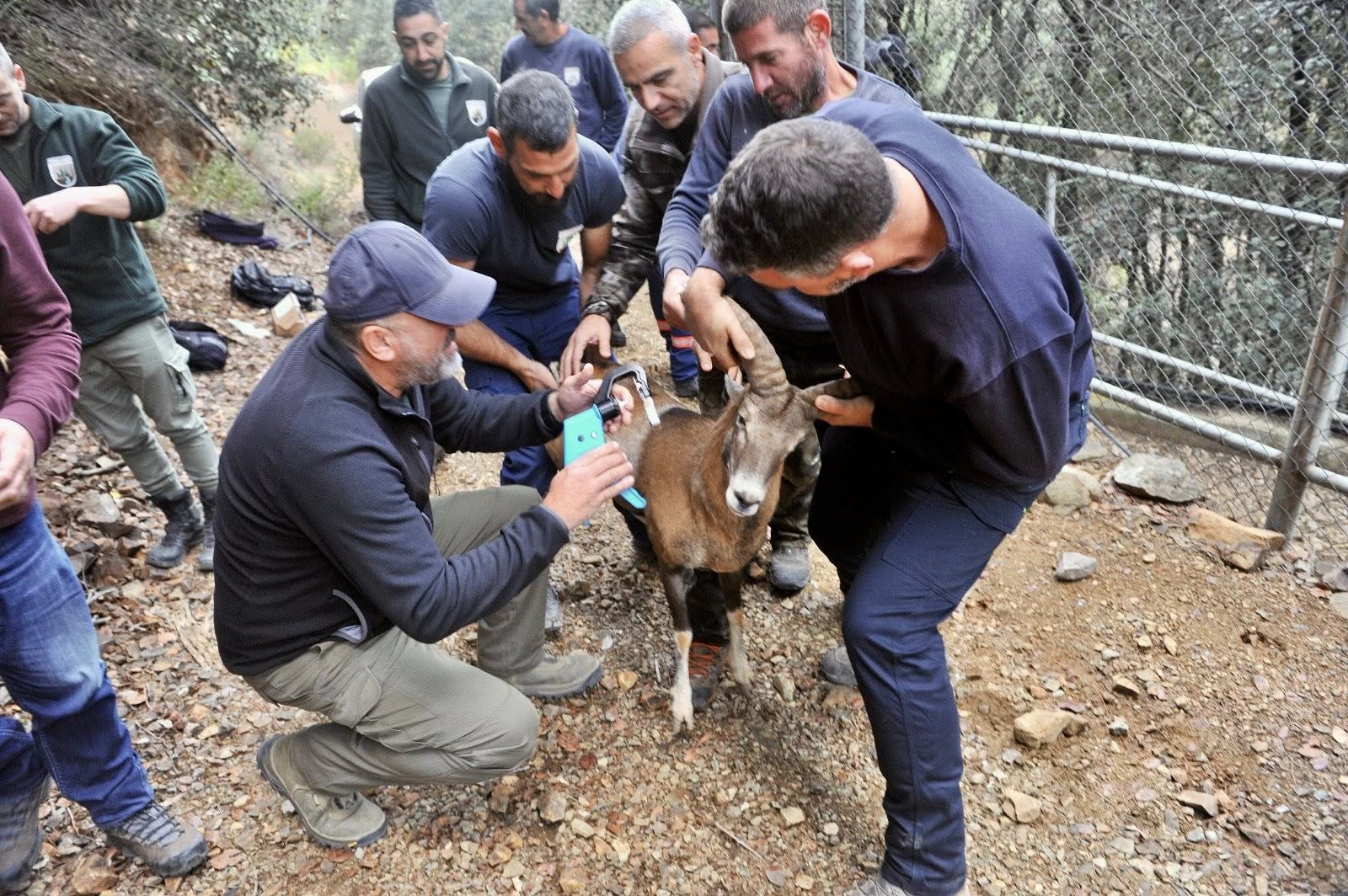
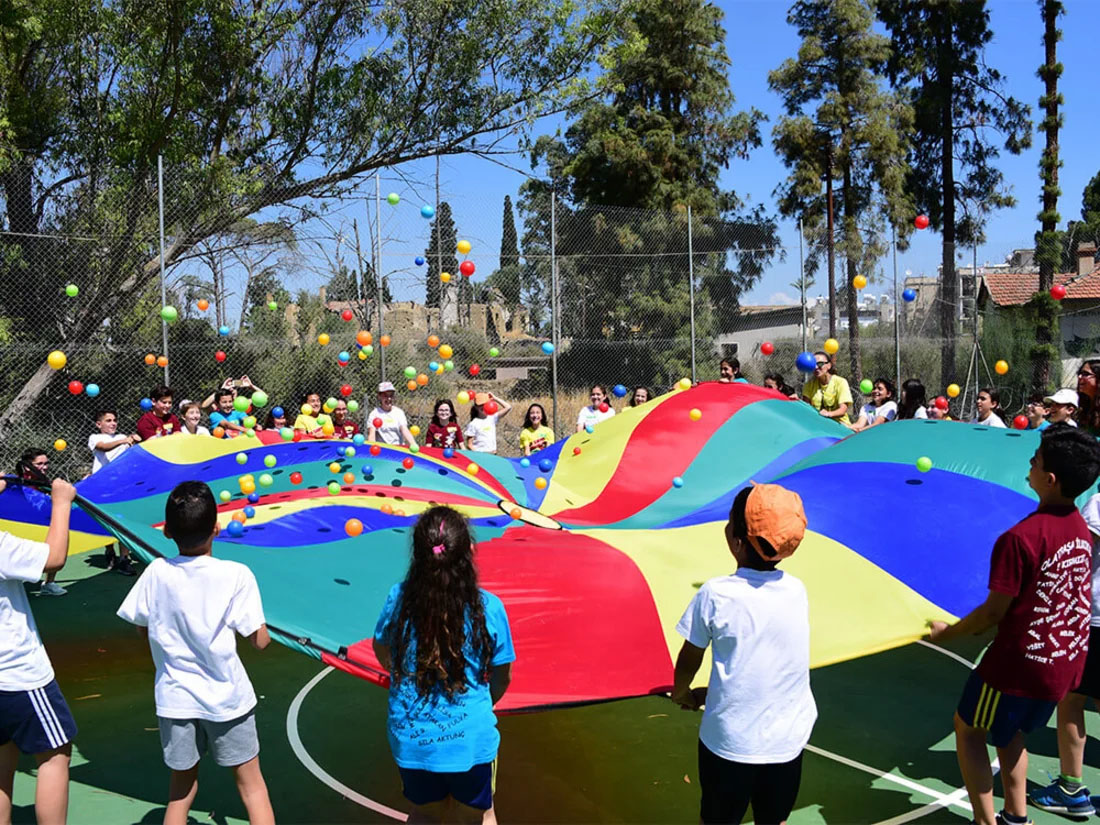
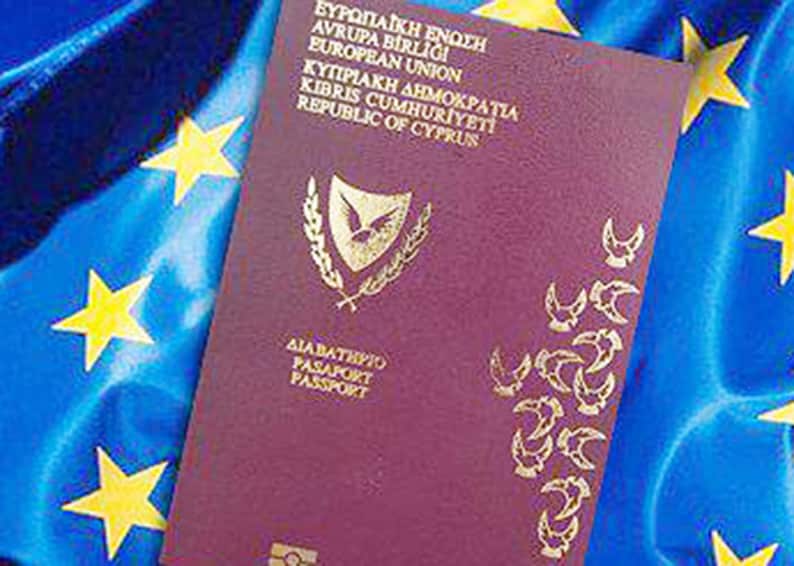
Click here to change your cookie preferences